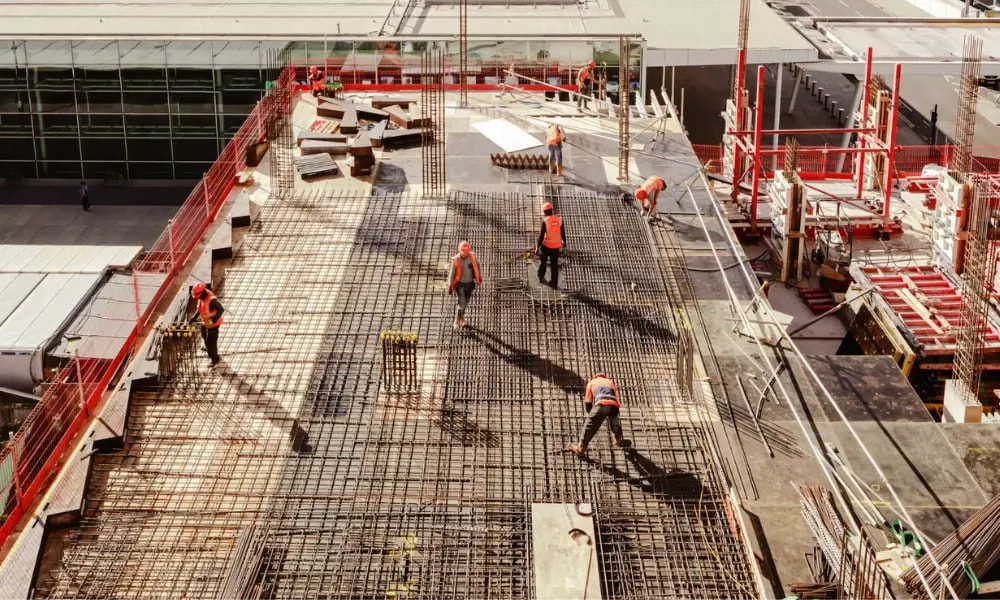

What is the Great Resignation?
Australia could be headed for a record labour shortage, if projections from the US are replicated down under.
‘The Great Resignation’ has seen a mass exodus of employees from all sectors, citing exhaustion and the pandemic as the main catalysts for change.
The shift to remote working that came at the onset of the Covid pandemic saw employees working extended hours with little to no change in salary, plus navigating the added stresses of living under harsh restrictions and, for parents, homeschooling.
Whilst most employers would point to working from home and say they’ve provided flexible working arrangements, employees might argue they’re far from flexible.
Behavioural scientist at global research and advisory firm Gartner, Aaron McEwan said the blurred lines of working from home have left people burnt out and seeking relief.
“We found ourselves still trying to work like we are in offices but whilst doing it in homes, so productivity and performance went up but the broad-lasting impact is people are exhausted and work is inescapable,” he said.
The result? In the US, 4.3 million people resigned from their jobs in August alone, and research shows up to 3 in 5 people in Australia are looking to do the same.
The Australian Bureau of Statistics found that in the year to February 2021, 17.6% of the 13 million-strong workforce remained in their job for less than one year.
While this was down marginally from pre-pandemic numbers, it still indicates a healthy proportion of the workforce are unsatisfied in their place of work.
More telling are the statistics on recent job mobility. 21.7% of those who changed jobs during the pandemic did so because they wanted a better job or just a change, and 10.5% cited poor work arrangements, pay or hours.

What this means for construction
With the exemption of a two-week industry shutdown, construction was the one industry that remained relatively unchanged during almost 300 days of lockdown in Victoria.
The economic relief efforts in the state have also been underpinned by the construction industry, meaning construction professionals are more in demand than ever.
Employment in the construction industry has increased exponentially since 2000, and is projected to enjoy growth of a further 9% by 2024.
While this projection is economically promising, it doesn’t take into account how many construction workers feel discontent with their working conditions.
Construction professionals are often overworked and fatigued, working long hours to meet expectations and left feeling unrewarded or thanked.
ABS data shows 46.4% of labourers, and 23.7% of technicians and trades workers changed occupations in 2020, an increase of around 5% on the year before.
What does this mean for construction employees?
If you’re reading this and relating to the feeling of being burnt out, exhausted and unappreciated at work, chances are you’re also considering a change.
Before you start job hunting, consider what it is you actually want out of a new job – better hours, better pay or just a better work environment?
Changing employers may not solve all your problems straight away, which is why it’s important to be upfront about your expectations. Understand what it is you want from an employer, and ask for it.
At the end of the day, you’re hot property. High employment demand means you’re in control, so if you know what you want, ask and you will receive.
If you are experiencing burnout, this article is your Central Guide to Burnout in the Construction Industry and it has great tips for addressing this moving forward.
How can employers attract talent
In the event of employee burnout, what can employers do to entice their staff to stay, or to attract new talent?
For those seeking new opportunities, it’s less about the money and more about working conditions.
Real flexibility, more focus on employees’ mental wellbeing and guarantee of a genuine work-life balance are the main things people seek moving into 2022.
Four-day working weeks are another enticing initiative employers are looking towards – Multiplex recently announced its UK arm will offer this flexibility to improve morale and gender parity.
Recently, we have been focusing on how companies can address this emerging trend in the construction industry. Below are some resources to read today that will help you prepare for tomorrow:
The Other Construction Supply Shortage (and how to address it)
How to Write Job Ads to Attract Construction High Performers
Recent Jobs
Recommended posts


Recent Jobs
Download the 2023 Salary Guide
Over 20,000 construction professionals stay connected to industry with Conecta
